The first city in Europe
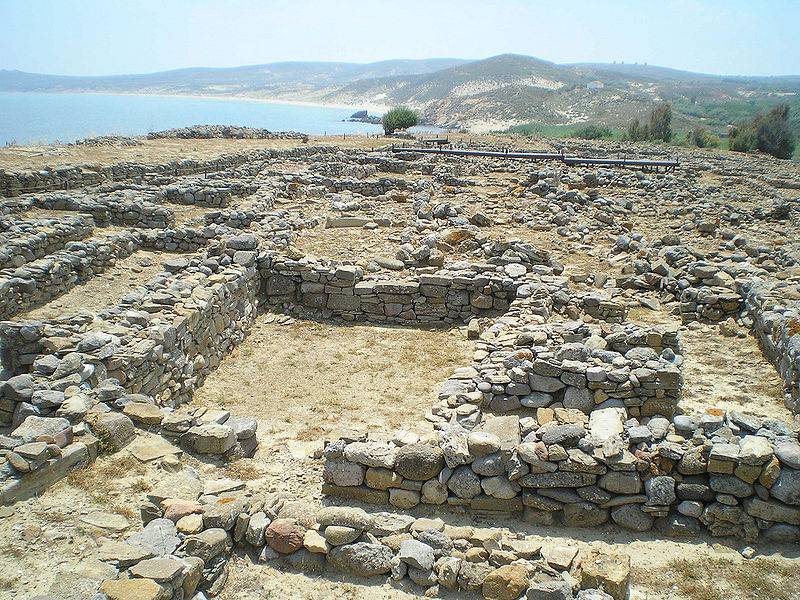
Ancient civilization. In our cycle of acquaintance with ancient culture, several materials have already been published: “Croatian Apoxyomen from under the water. Ancient civilization ", “Homer's poems as a historical source. Ancient civilization ", “Gold for war, the fourth wonder of the world and Ephesus marble” и "Antique ceramics and weapons"and now also "Minoan Pompeii": a mysterious city on a mysterious island ". But did we talk about everything that preceded the formation of ancient civilization? Not at all, so much of everything there is buried in the past! And if in the previous article we spoke about the “Minoan Pompeii”, today our story will be devoted to an equally interesting topic: the very first city (or urban-type settlement, more precisely) in Europe! And what kind of city is this, you ask? Rome? Nooo! "Golden-minded Mycenae" or Orchomen? Also not ... Hirokitiya on the island of Cyprus? Already "hotter", but still wrong!
One of the earliest urban-type settlements in Europe (and the Greeks generally consider it to be the first, while in Asia there are Chayonyu, Chatal-Hyuk, and Jericho) is a city on the island of Lemnos in the Aegean Sea. This city was founded much earlier than the legendary Troy, and it is called Poliochni - after the hill of the same name, located next to the excavations.
Looking at the map of the island, we will see that its outlines are very whimsical, and the many bays and coves protected from the wind make it a real hotel for sailors. And people appreciated this feature in the distant past.
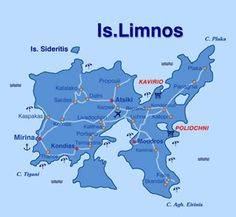
It all started with the fact that in 1923 the Italian archaeologist Alessandro Della Seta decided to search the island for the remains of the culture of one of the peoples of the sea - the Tyrrhenes or Pelasgians, who, according to Herodotus, lived on Lemnos before 500. AD he was not captured by the Athenians. They started digging in August 1925, but the most interesting discoveries were made in 1934, when they found the remains of the fortress walls and a place for public gatherings (“boulevards”), and then, already in 1956, they also found a treasure trove of gold items, very similar to Priam’s treasure.
In 1964, in Mirin, the main city of the island, the Museum of Mirina was opened, where finds from Poliochni began to be exhibited. It is interesting that archaeologists marked various periods in the development of this city with flowers on their plans, and since then these “colored names" have been assigned to them: Red, Black, Yellow, Green, Blue ...
It was possible to find out that the first settlers arrived here and on the neighboring islands of the Aegean Sea as far back as the XNUMXth millennium BC. The buildings had a completely urban character: the walls that protected the settlement from enemies, public wells, paved streets, sewers, gravel-covered roads leading from the city, that is, everything that distinguishes an urban-type settlement from a rural one. And, of course, traces of the division of labor: workshops of potters, blacksmiths, spinners, tanners. Many metal objects were found from copper, bronze, gold, silver and even lead, from which they were made of scrapers (!) For broken ceramic vessels.
When a jug with several dozens of gold items was found under the floor of one of the dwellings in 1953, their similarity with the products from the Priam Treasure was so obvious that one would think that they left the same workshop. Particularly impressive were earrings made of chains with idol figures at the ends. Obviously, in this area there was one culture in which craftsmen worked and created similar products. And since the island of Lemnos was directly opposite the entrance to the Dardanelles, it was through it that Greece was traded with the Asia Minor Black Sea coast and ancient Colchis, as well as the western coast of Asia Minor. And in the same Troy from Greece, it was best possible through Lemnos!
It turns out that Lemnos was, as it were, a transit base between the world of Asia, where the urban revolution had already taken place, and Europe, where there were no proto-cities. So it is no exaggeration to consider Poliochni as the earliest known European city. And in addition, it was a major metalworking center.
By the way, the structure of the city in some ways resembled the cities of the East already known to us. First of all - a very close development of houses, often with common walls. Although according to a single plan, which indicates a high social organization and a clear work plan. Dwellings differ in size, but all have a small open courtyard around which all other premises, both residential and utility, are grouped. The houses of Poliokhni had sewers and drains, and in the city itself wells up to nine meters deep, lined with stone, and water tanks were arranged.
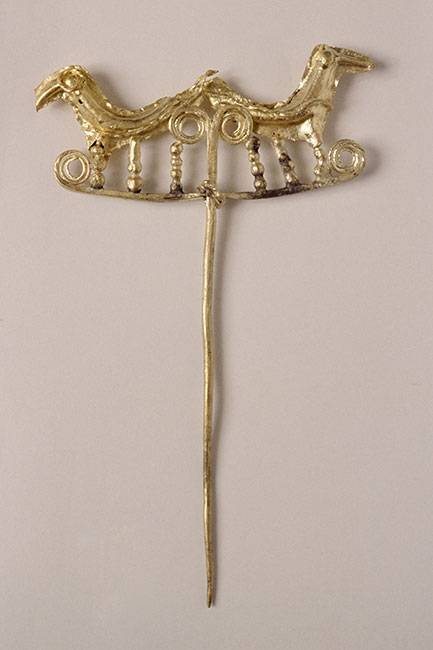
Most ancient period stories city - Black, "pre-urban", 3700-3200 years. BC. It was followed by the Blue period of the "first city" with rectangular houses in plan - 3200-2700. BC. The green period is 2700-2400. BC, then Red, 2400-2200. BC. and Yellow - 2200-2100. BC. According to the results, the excavations revealed seven cultural layers here, successively located one above the other settlements belonging to the Neolithic and early Bronze Age. In terms of the occupied area, the city almost twice exceeded the area of Troy II and in the Red period occupied an area of about 13900 sq. m. The population of the city could consist of 1300-1400 inhabitants. Moreover, he was completely surrounded by a wall, which means that there was no peace at that time in this region and his inhabitants were constantly threatened by attacks from the sea.
As already noted above, each of the architectural stages of Poliochni by archaeologists noted in a different color. During the Neolithic period (Black Period, 3700-3200 BC) it was a small village of oval huts occupying the very center of the hill. In the early Bronze Age (periods from Blue to Yellow), the settlement received the greatest development. Moreover, the settlement of the Blue period was probably founded before Troy I, and covered the entire cape. The population was approximately 800 to 1000 people. The village continued to grow in the Green period, when its population reached almost 1500 people. However, in the subsequent Red Period (2400-2200 BC), the population decreased and the city was completely abandoned in the Yellow Period (2200-2100 BC), after a devastating earthquake that struck the region at the end third millennium.
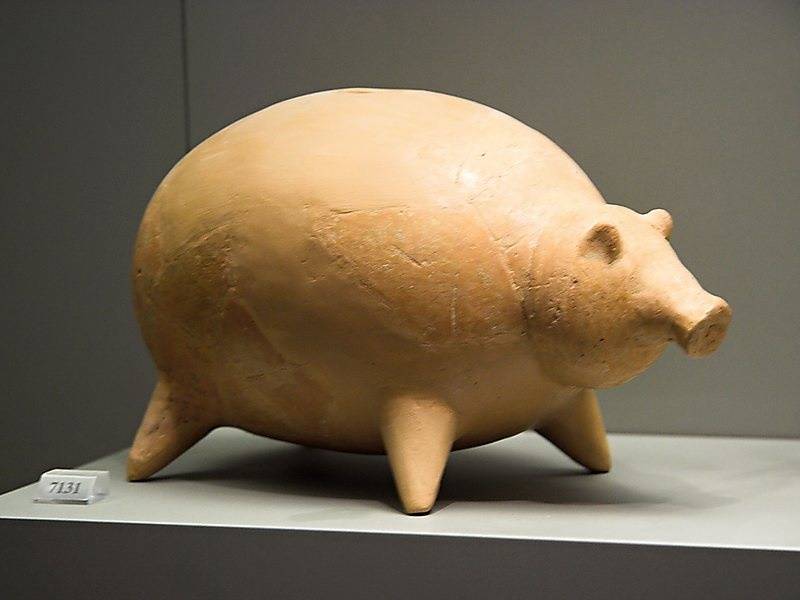
Strong fortified walls, public buildings, squares, paved roads with sewers, wells, mansions and small stone houses - all these are Poliochni, moreover, from the early Bronze Age. That is what is surprising. The appearance of new forms can be clearly seen in pottery: its own painting for the Sulfuric period, the characteristic pots of the Blue period and the cups of the Yellow period, which are also found in the later layers of Troy II. The people of Poliochni were engaged in agriculture, fishing, textile production, the manufacture of stone tools and weapons. There are signs of metalworking and the use of the lost casting technique back in the Green Period, as well as increased commercial activity in the Red Period. Life in Poliochni resumed in the Gray and Violet periods, however, the resources of those around him were clearly limited, and the hill was abandoned by the end of the late Bronze Age and up to the Middle Ages.
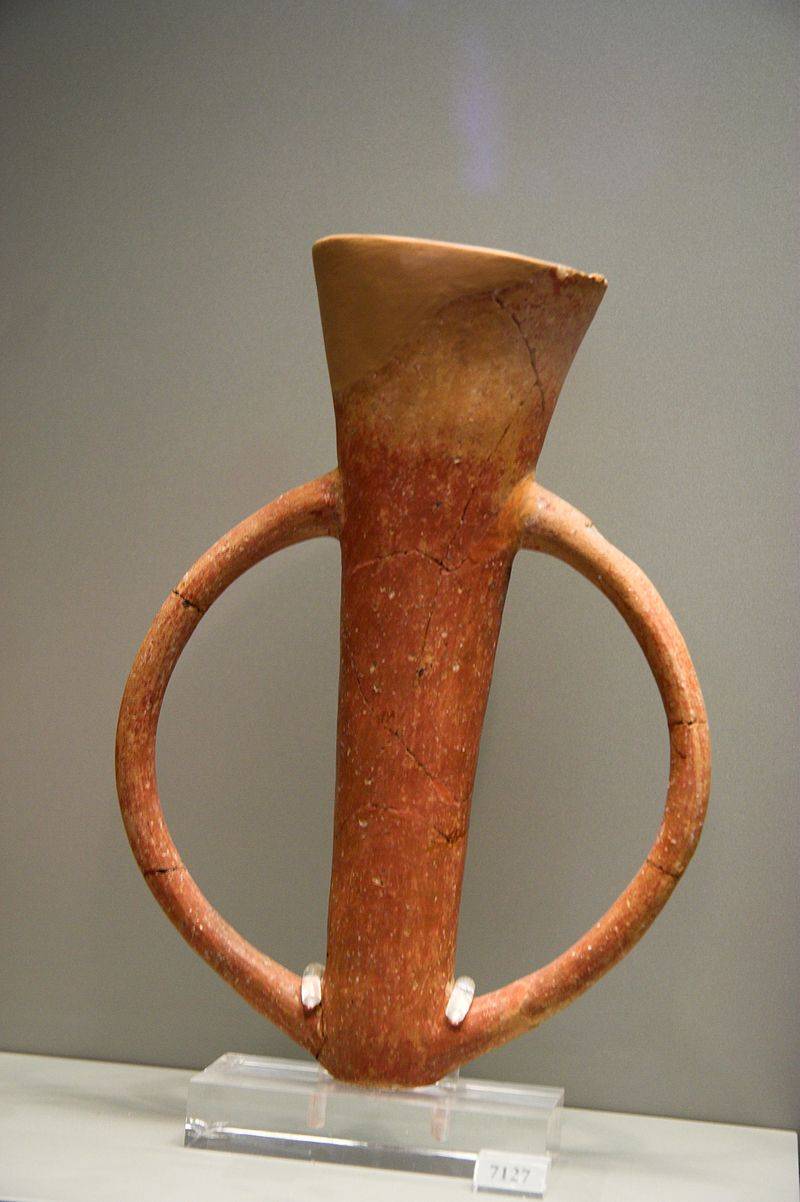
On the other hand, its inhabitants were not only afraid of the aliens, but also actively traded with them, as evidenced by the abundance of imported ceramics at the level of the Blue Period. Pottery is obviously from mainland Greece, which means that the islanders traded with it and exported something there, and, accordingly, imported something. If traces of intensive metalworking were found on the island, then where did the inhabitants of the city get the metal from? They could get gold from Colchis, but copper - only from Cyprus, which means that they maintained commercial relations with this rather remote island. They had to buy tin for bronze production from the Phoenicians, since only at that time they knew the way to the "Tin Islands".
The city, however, did not grow, but gradually decreased in size. Why? Perhaps the inhabitants of the island cut down all the trees and burned them to coal to melt the metal, like the ancient Cypriots, who arranged an ecological disaster on their island? It is precisely unknown! But the fact that the area of the city by 2100 was significantly reduced is a proven fact. Well, about this year, Poliochni was completely empty. Perhaps the cause was an earthquake, as archaeologists found two human skeletons under the ruins of a large building (maybe a temple). But that is all that remains of us from its many inhabitants. Apparently, after that they left this place and settled somewhere else. Maybe first on neighboring islands. In general, about what exactly happened then, today we can only guess. But the remnants of the ancient city and the artifacts found in it unequivocally say that once at the very dawn of civilization, in general, quite civilized people lived here!
Interestingly, during 1994-1997, the joint excavations of the Greek Archaeological Service and the Athenian Academy, led by Christos Bulotis, revealed another Bronze Age settlement on the tiny uninhabited island of Kukkonisi, in the Mudros harbor, to the west of Poliochni, dating back to the Red Period . And there is a lot of Mycenaean ceramics, which suggests that the Greeks could have lived on Kukkonisi already in the era of the Trojan War, that they could have a permanent settlement here, and that they clearly understood the importance of the straits connecting the Aegean and the Black Sea.
Recent excavations at Mirin, on the southwestern coast of the island, at Euphrates, revealed two more settlements; found settlements in Vriokastro, Trochalia, Castelli and Axia, but they were much less significant.
Chronology of the main stages of the settlement of Poliochni:
4500 BC - 3200/3100 BC
3200/3100 BC - 2100/2000 BC
2100/2000 BC - 1700/1600 BC
1700/1600 BC - 1200 BC
A long time ago it was - all that remains to be said!
- Vyacheslav Shpakovsky
- Minoan Pompeii: a mysterious city on a mysterious island
Antique ceramics and weapons
Gold for war, the fourth wonder of the world and Ephesus marble
Homer's poems as a historical source. Antique civilization. H. 1
Croatian apoxiomen from the water. Ancient civilization. H. 2
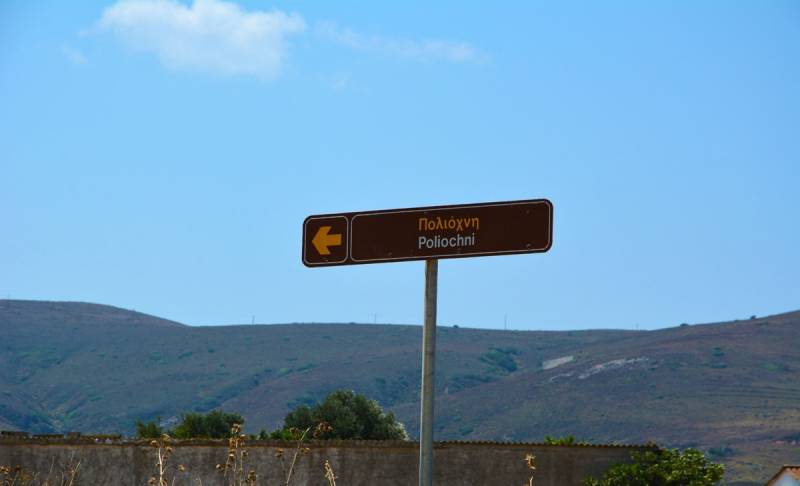
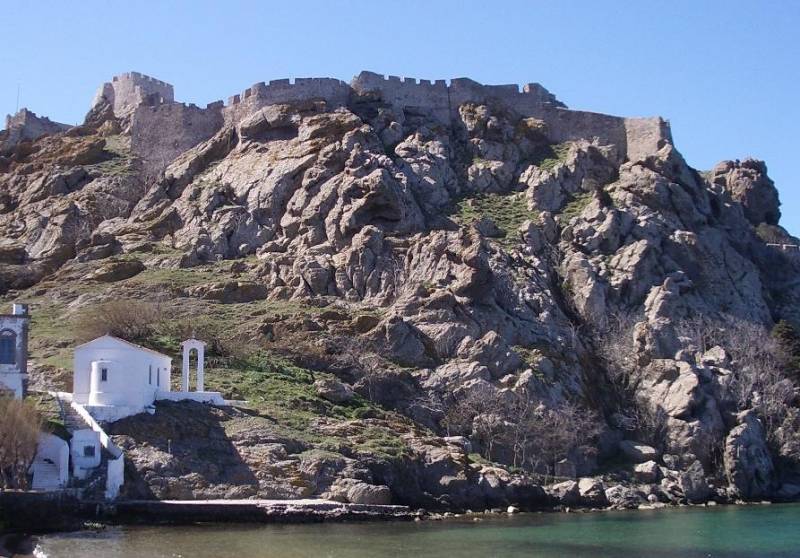
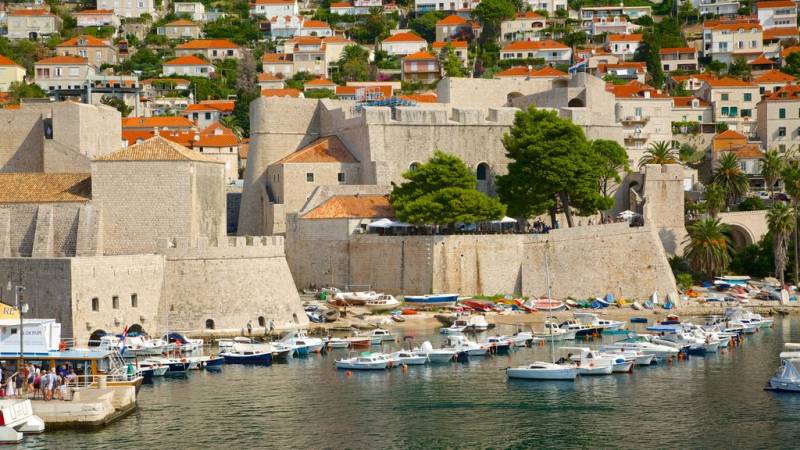
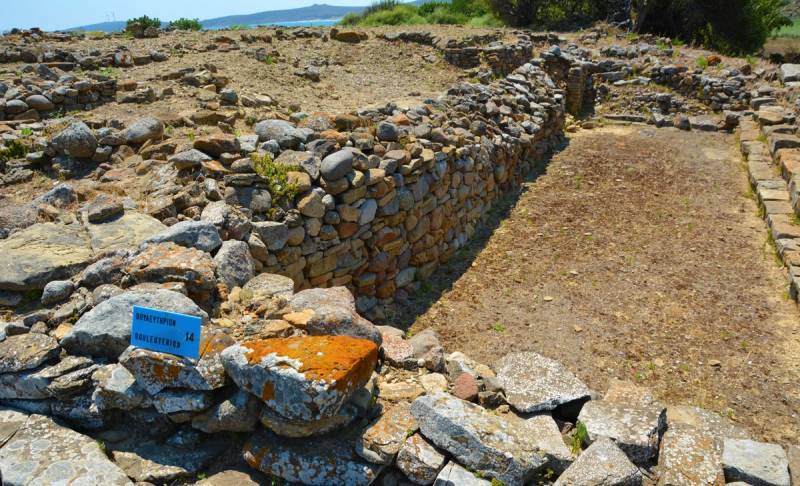
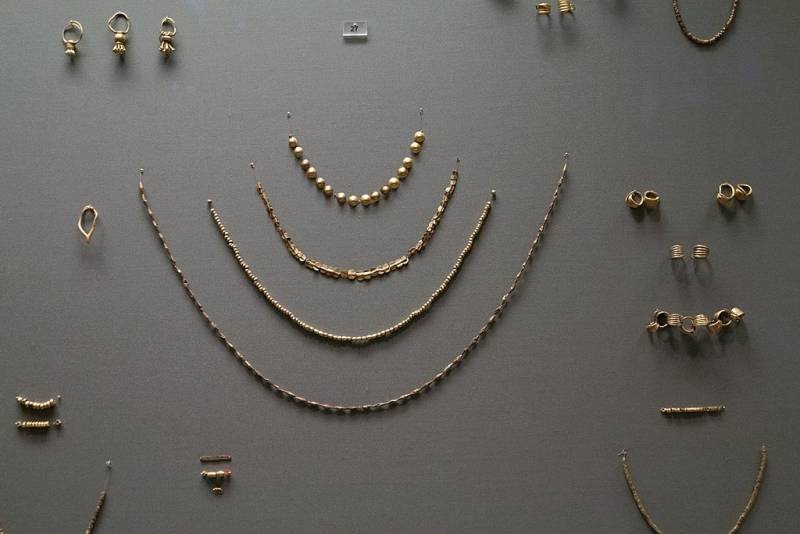
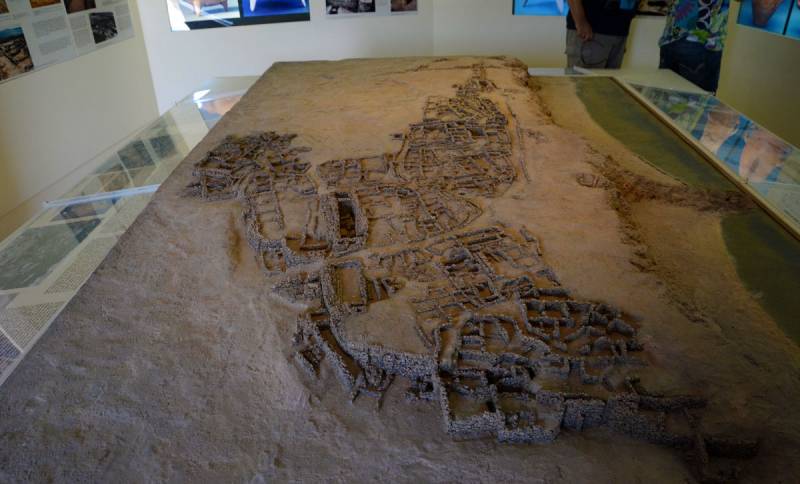
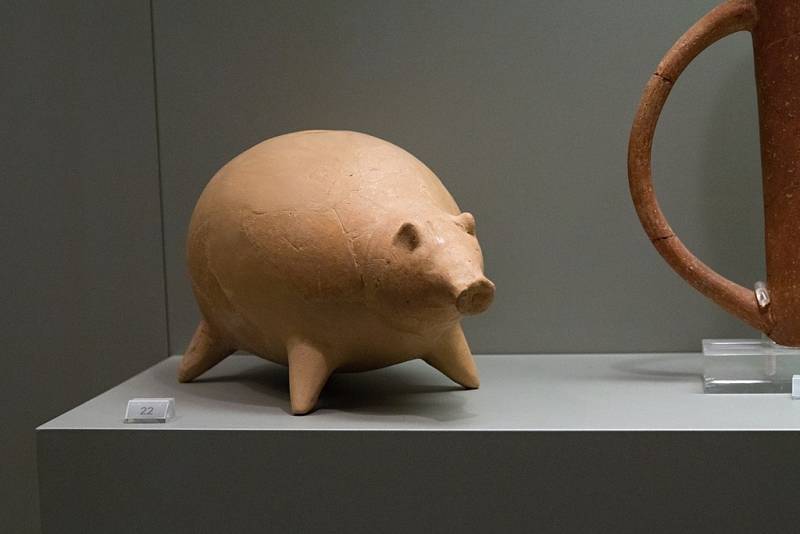
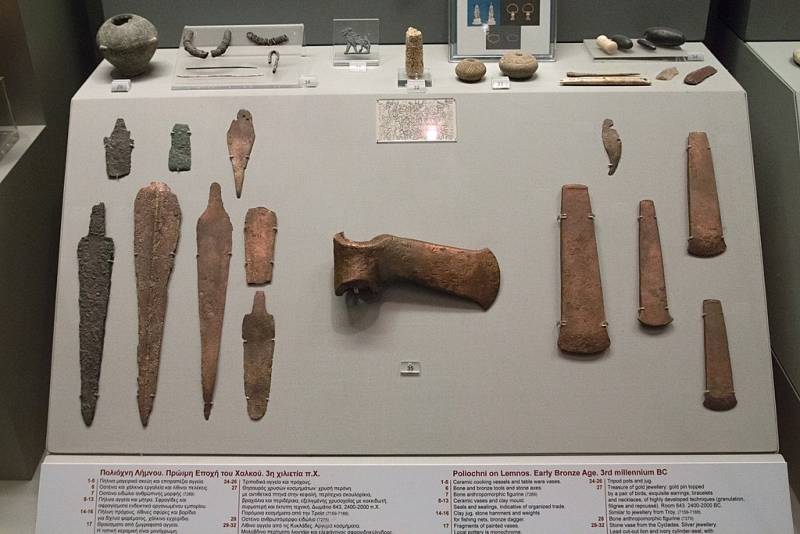
Information